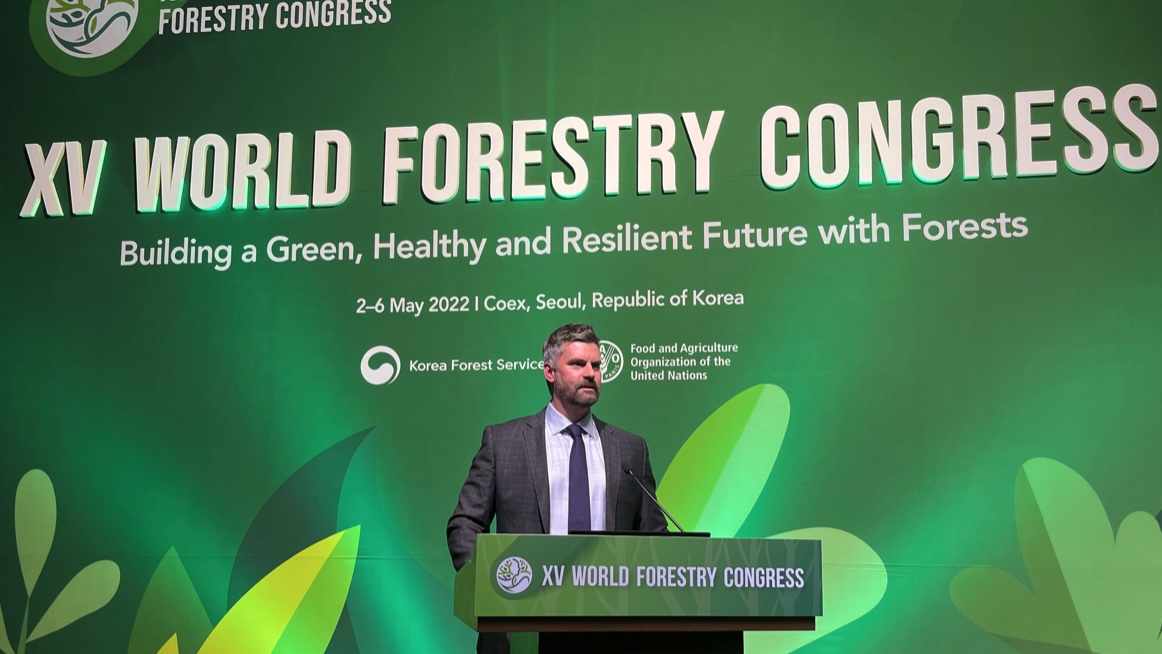
Derek Nighbor
As governments around the world turn to the benefits of sustainable forest management and forest products to support climate action and post-pandemic economic recovery, a new agreement struck today at the World Forestry Congress in Seoul will help advance forestry solutions. The United Nations Forum on Forests (UNFF) Secretariat and the International Council of Forest and Paper Associations (ICFPA) announced a new partnership that will make ICFPA the focal of the forest sector globally, providing a framework for the two organizations to work together to discuss and implement forest-related policies. …”The private sector is fundamental in the promotion and implementation of sustainable forest management,” said Barbara Tavora-Jainchill, UN Department of Economic and Social Affairs. …”There is no path to a lower carbon economy without sustainable forest management and sustainably sourced forest products,” said Derek Nighbor, President, International Council of Forest and Paper Associations [and FPAC CEO].
More in the Korea Herald: Forestry Congress concluded, adopts Seoul Forest Declaration

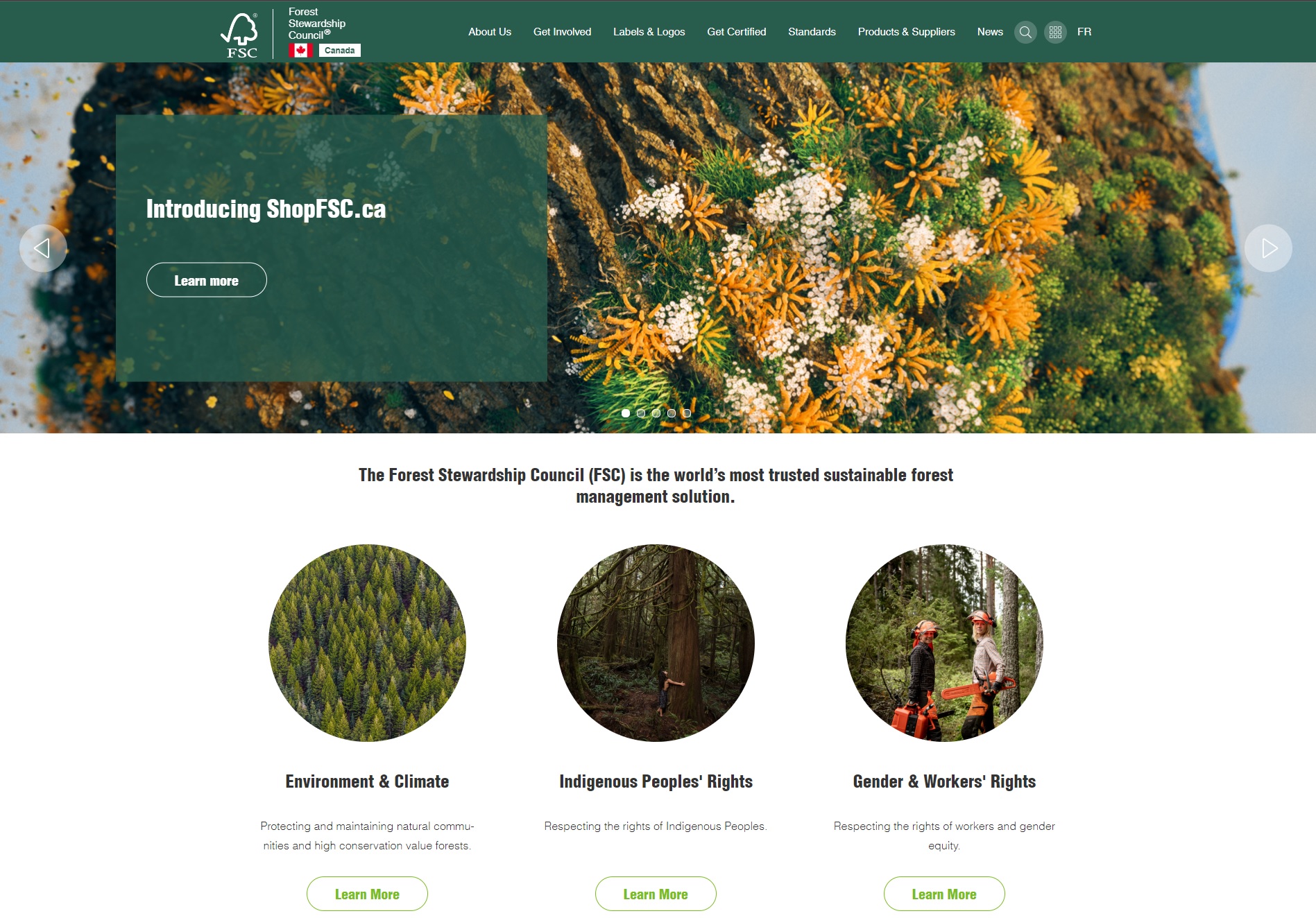




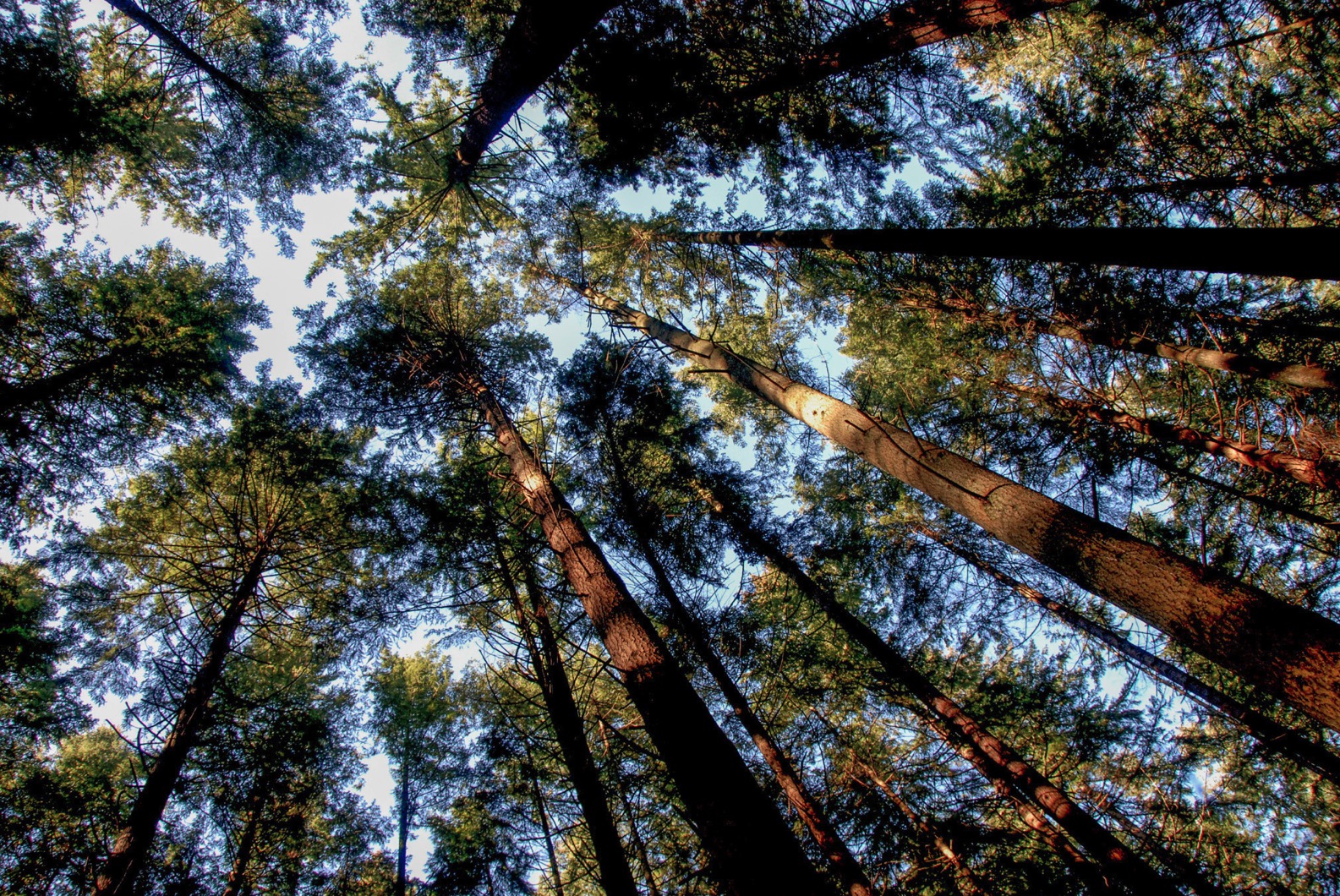 The volunteer group Save Our Forests Team Comox Valley (SOFT-CV) appeared before Comox council on April 20 to ask Council for a new and strengthened tree bylaw and the retention and purchase of remaining forested areas in Comox. SOFT noted Comox’s tree bylaw was adopted in 1994 and hasn’t been updated since 2010, despite increased public concern with climate change and community livability. …SOFT asked council for strong protection of ecosystems and standing trees in the northeast Comox and Hector/Aspen area, retaining at least 30 per cent of the existing forest and purchasing other remaining forested areas. …The group also asked council why Comox didn’t acquire significant parcels of land when they were recently for sale at affordable prices. …SOFT would like Comox to purchase key remaining wooded parcels in the Hector area to protect these urban forests.
The volunteer group Save Our Forests Team Comox Valley (SOFT-CV) appeared before Comox council on April 20 to ask Council for a new and strengthened tree bylaw and the retention and purchase of remaining forested areas in Comox. SOFT noted Comox’s tree bylaw was adopted in 1994 and hasn’t been updated since 2010, despite increased public concern with climate change and community livability. …SOFT asked council for strong protection of ecosystems and standing trees in the northeast Comox and Hector/Aspen area, retaining at least 30 per cent of the existing forest and purchasing other remaining forested areas. …The group also asked council why Comox didn’t acquire significant parcels of land when they were recently for sale at affordable prices. …SOFT would like Comox to purchase key remaining wooded parcels in the Hector area to protect these urban forests.



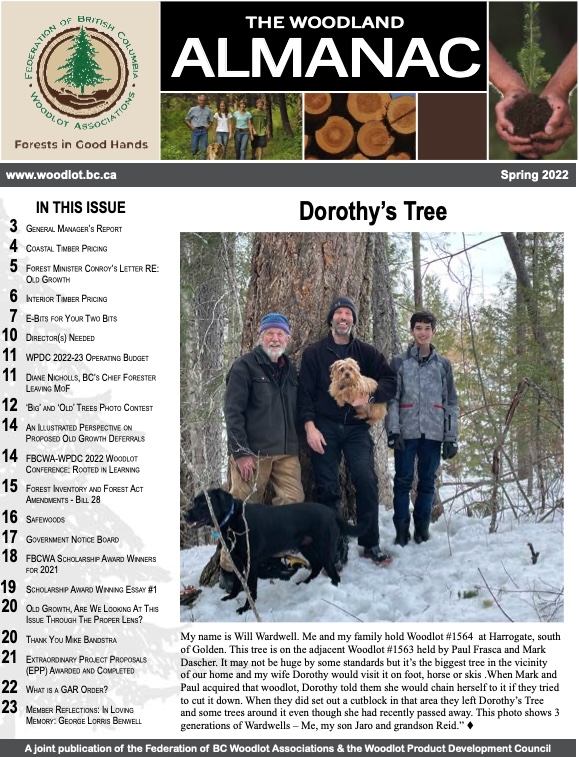 The Woodland Almanac features a report by Brian McNaughton, General Manager, “Government Initiatives of Interest to Woodlot Licensees”. Brian gives a brief status report on Old Growth, Tab Rates, Bill 28 Changes to the Forest Act, Bill 23 Changes to the Forest & Range Practices Act and DRIPA, and FLNRORD reorganization. Ed Hughes has an article on TAB Rates, Waste Manuals and Avoidance of Waste Penalties. Debbie Zandbelt, RPF reviews Timber Pricing, Social Licence and Grass Roots Success. Diane Nicholls gets a warm send off to her new roll at Drax with memories shared by Brian McNaughton and finally, check out the entries in the “Big and Old Trees” photo contest. All this and more in the quarterly newsletter.
The Woodland Almanac features a report by Brian McNaughton, General Manager, “Government Initiatives of Interest to Woodlot Licensees”. Brian gives a brief status report on Old Growth, Tab Rates, Bill 28 Changes to the Forest Act, Bill 23 Changes to the Forest & Range Practices Act and DRIPA, and FLNRORD reorganization. Ed Hughes has an article on TAB Rates, Waste Manuals and Avoidance of Waste Penalties. Debbie Zandbelt, RPF reviews Timber Pricing, Social Licence and Grass Roots Success. Diane Nicholls gets a warm send off to her new roll at Drax with memories shared by Brian McNaughton and finally, check out the entries in the “Big and Old Trees” photo contest. All this and more in the quarterly newsletter. 

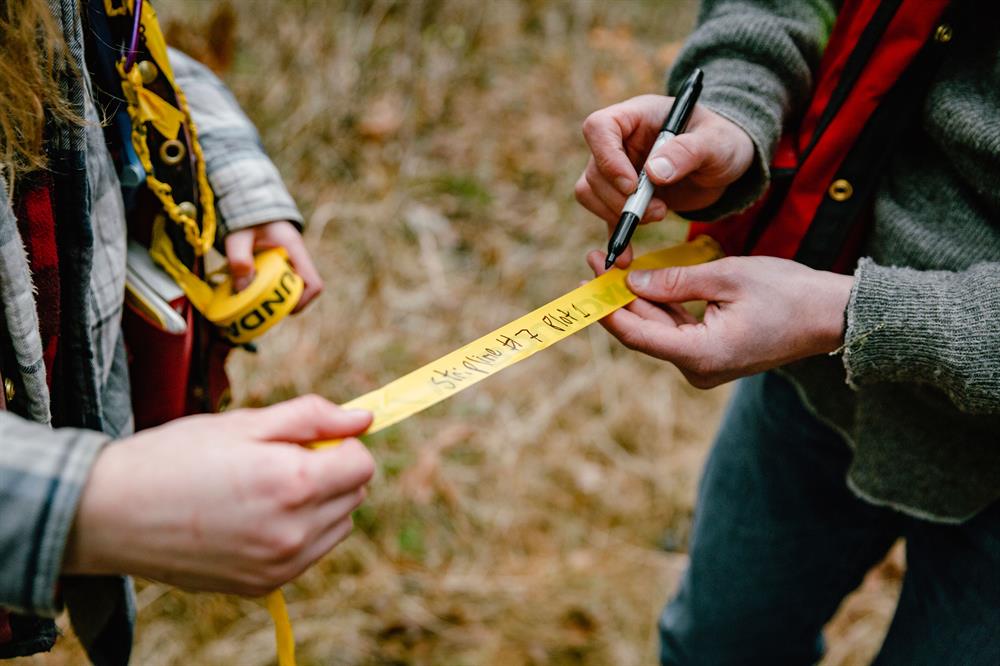

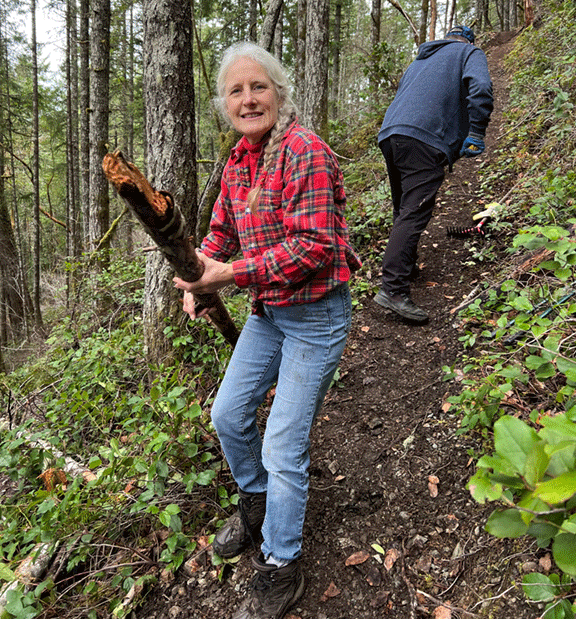

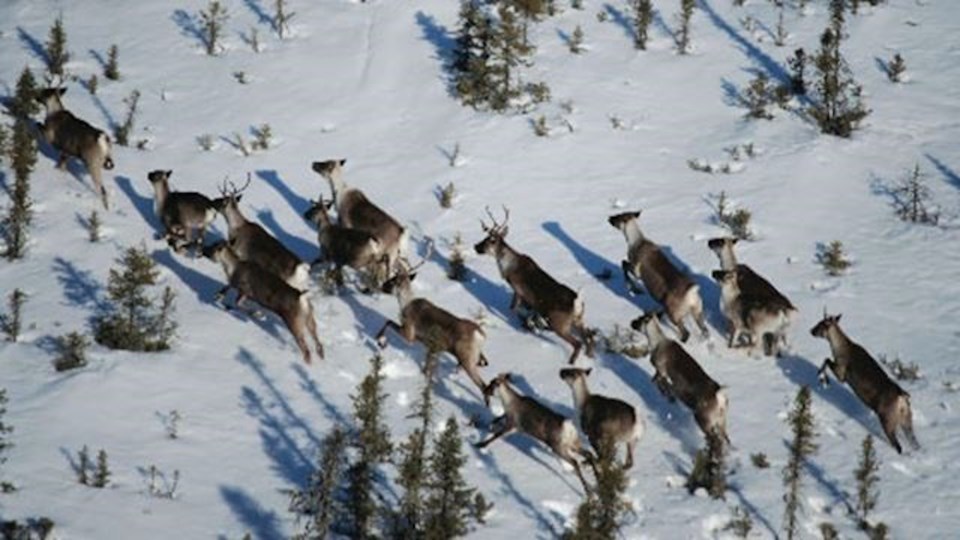
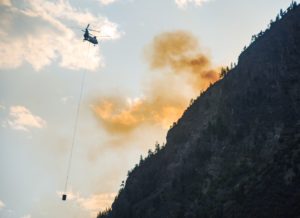 Ontario burned through and exceeded its 2021 Emergency Fire Funds by $139 million in last year’s forest fire season. MNRF Fire Information Officer, Chris Marchand notes this is the interim cost. …The interim funds given each year were well exceeded as a very dry spring and summer in 2021, created a record year for forest fires in Ontario as the province saw 1180 fires burning over 770,000 hectares, which surpassed the previous record set in 1995 of 713,914 hectares. …The biggest fire in the Northwest Region was the Kenora 51 fire that was burning through the Woodland Caribou Provincial Park, 120 kilometres north of Kenora, and was listed at over 200,000 hectares in size. Kenora 51 was labeled out of control for most of the summer. …In 2021, wildland fires resulted in the evacuation of approximately 3,400 residents from their homes in seven communities across Ontario’s Northwest Region.
Ontario burned through and exceeded its 2021 Emergency Fire Funds by $139 million in last year’s forest fire season. MNRF Fire Information Officer, Chris Marchand notes this is the interim cost. …The interim funds given each year were well exceeded as a very dry spring and summer in 2021, created a record year for forest fires in Ontario as the province saw 1180 fires burning over 770,000 hectares, which surpassed the previous record set in 1995 of 713,914 hectares. …The biggest fire in the Northwest Region was the Kenora 51 fire that was burning through the Woodland Caribou Provincial Park, 120 kilometres north of Kenora, and was listed at over 200,000 hectares in size. Kenora 51 was labeled out of control for most of the summer. …In 2021, wildland fires resulted in the evacuation of approximately 3,400 residents from their homes in seven communities across Ontario’s Northwest Region.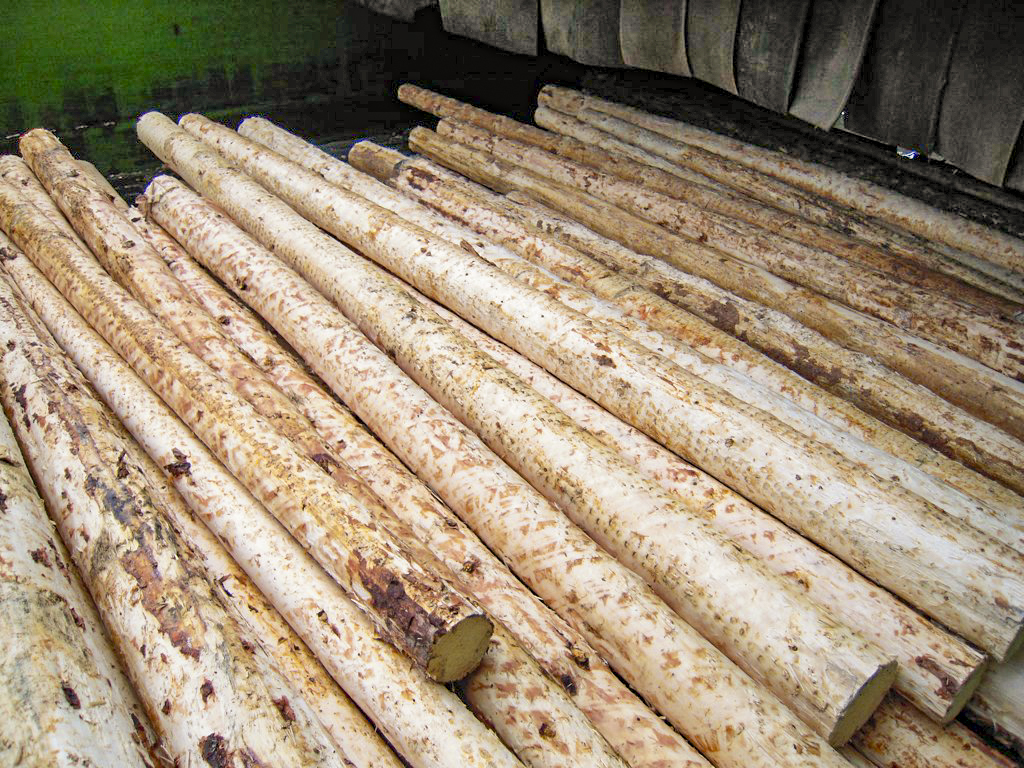 It is long past time for the Nova Scotia government to take the proverbial bull by the horns and deal decisively with the deeply-embedded conflict of interest within the Department of Natural Resources and Renewables (DNRR). This conflict, of course, is between the department’s unabashed priority on forestry resource development and exploitation and its responsibilities for Crown land management and biodiversity protection. DNRR’s steadfast promotion of forestry as the predominant use of Crown lands not only lays bare the fundamental conflict within the department’s mandate but also flies in the face of the interests and expectations of Nova Scotians regarding the responsible stewardship of our publicly-owned natural assets. Persistent public criticism and pressure for reform led to two government-initiated arm’s-length reviews… The outcomes, the 2011 natural resources strategy and the 2018 independent review of forest practices (the Lahey report), generally were well-received, with recommendations advanced accepted by government.
It is long past time for the Nova Scotia government to take the proverbial bull by the horns and deal decisively with the deeply-embedded conflict of interest within the Department of Natural Resources and Renewables (DNRR). This conflict, of course, is between the department’s unabashed priority on forestry resource development and exploitation and its responsibilities for Crown land management and biodiversity protection. DNRR’s steadfast promotion of forestry as the predominant use of Crown lands not only lays bare the fundamental conflict within the department’s mandate but also flies in the face of the interests and expectations of Nova Scotians regarding the responsible stewardship of our publicly-owned natural assets. Persistent public criticism and pressure for reform led to two government-initiated arm’s-length reviews… The outcomes, the 2011 natural resources strategy and the 2018 independent review of forest practices (the Lahey report), generally were well-received, with recommendations advanced accepted by government.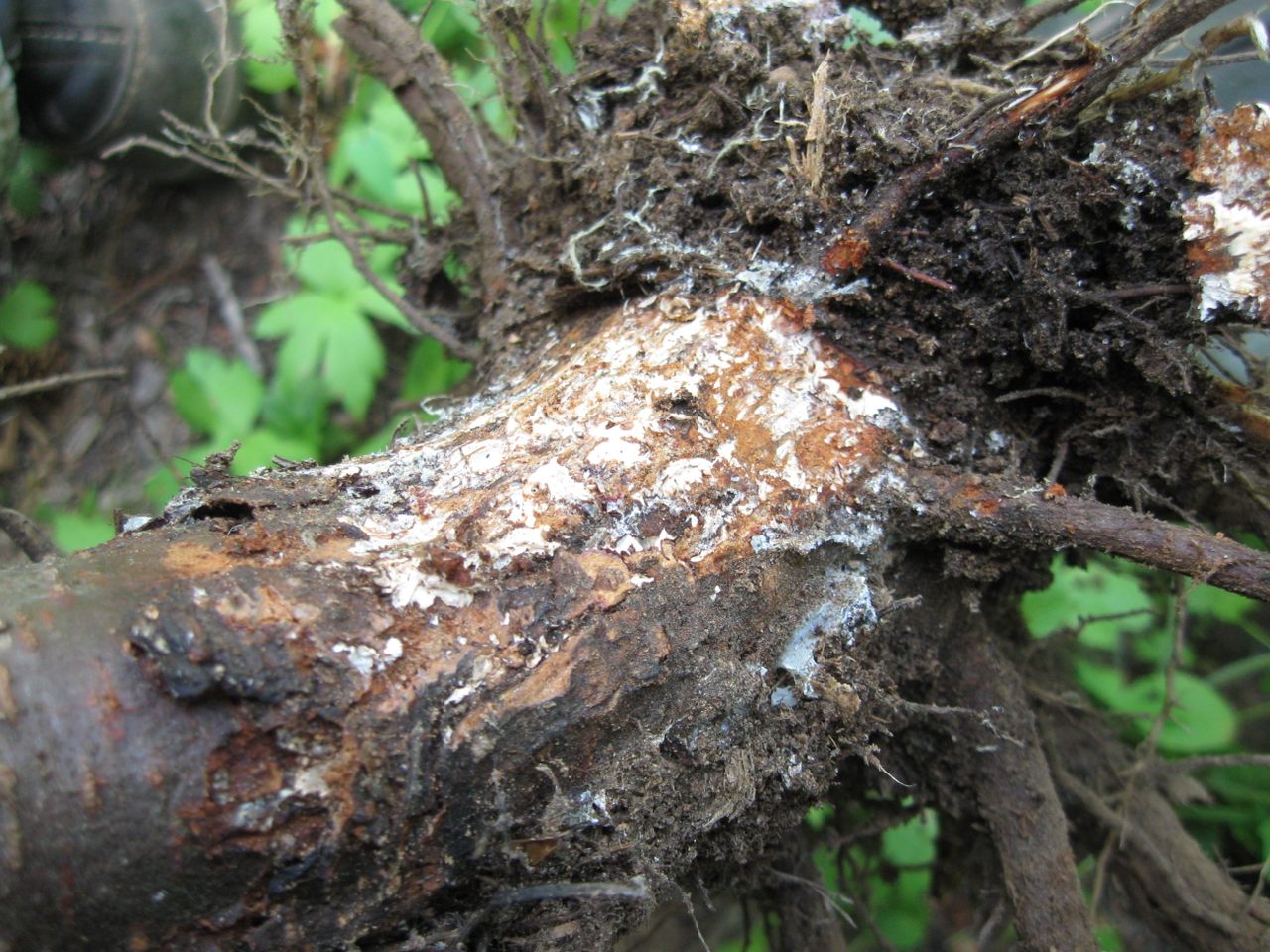


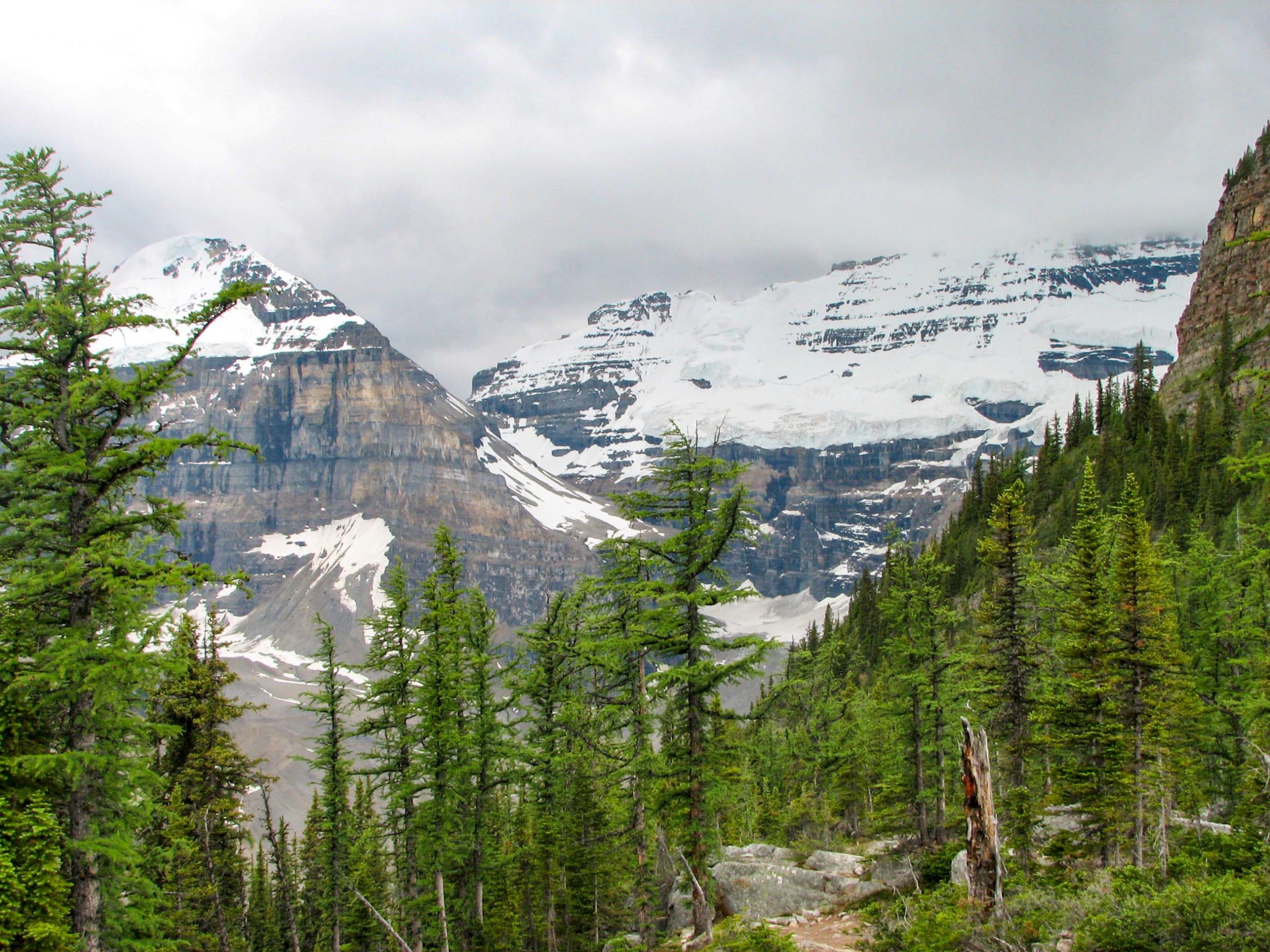 How much snow gets stuck in the branches of a tree? For hydrologists, it’s a question that matters because snow sitting on treetops is more likely to be melted by the sun or blown off by the wind, resulting in less snowpack on the ground and a smaller spring snowmelt.
How much snow gets stuck in the branches of a tree? For hydrologists, it’s a question that matters because snow sitting on treetops is more likely to be melted by the sun or blown off by the wind, resulting in less snowpack on the ground and a smaller spring snowmelt. 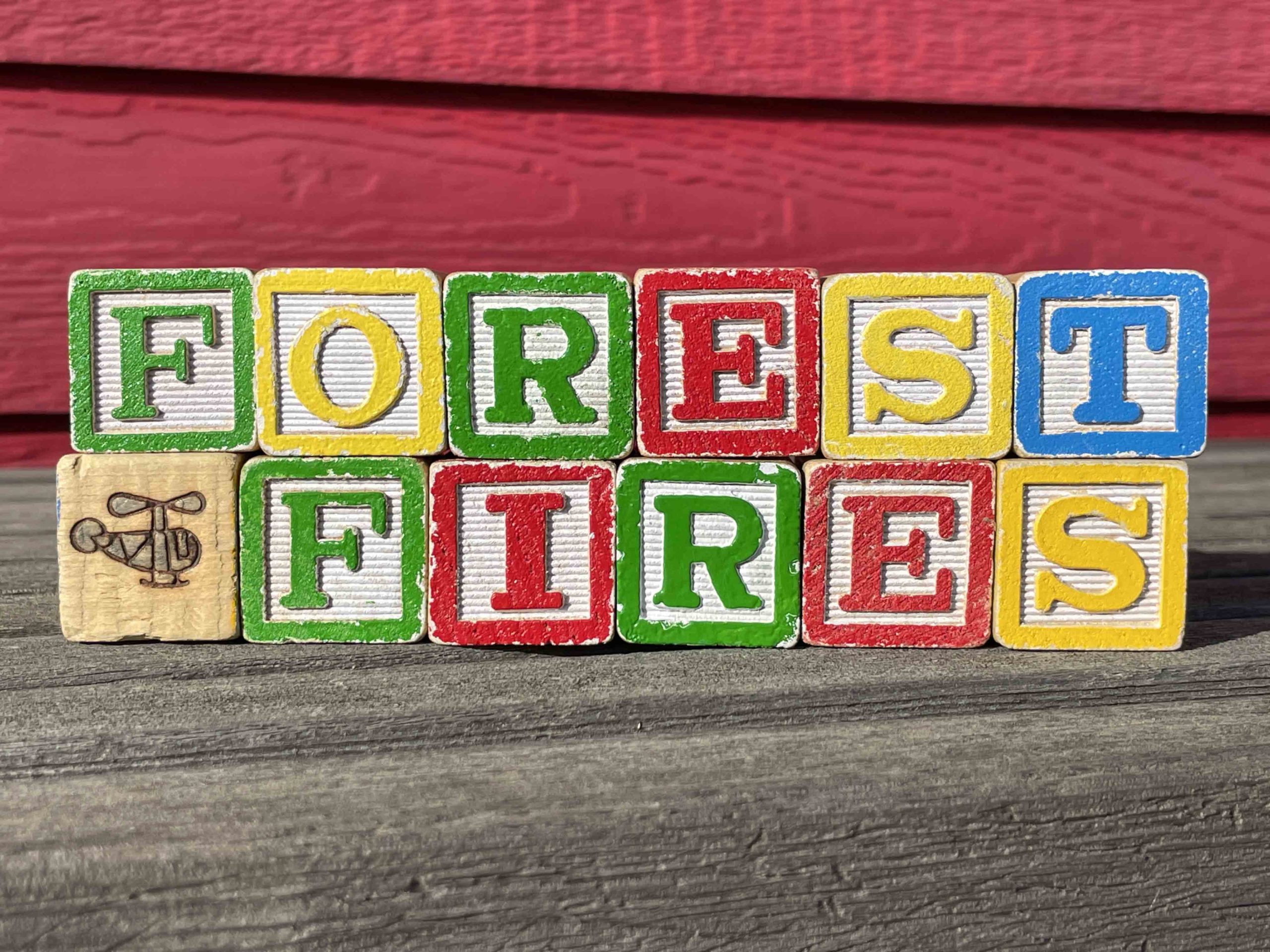 As summer approaches, forecasters say Central Oregon has the highest fire risk of anywhere in the state. The latest fire season outlook, released this week by the National Interagency Fire Center, shows above-normal fire risk running down the middle of Oregon from the Columbia River to the California border for the month of May. Brandon Fowler, the Klamath County emergency manager, said the county’s first fire occurred Wednesday, a structure fire near Bly Mountain. A quarter-acre was burned. That’s better than last year, when the county had its first fire in late March. “In general, we expect it to be a rough year,” Fowler said. “We’re getting some spring moisture, which is helping delay it a little bit.
As summer approaches, forecasters say Central Oregon has the highest fire risk of anywhere in the state. The latest fire season outlook, released this week by the National Interagency Fire Center, shows above-normal fire risk running down the middle of Oregon from the Columbia River to the California border for the month of May. Brandon Fowler, the Klamath County emergency manager, said the county’s first fire occurred Wednesday, a structure fire near Bly Mountain. A quarter-acre was burned. That’s better than last year, when the county had its first fire in late March. “In general, we expect it to be a rough year,” Fowler said. “We’re getting some spring moisture, which is helping delay it a little bit.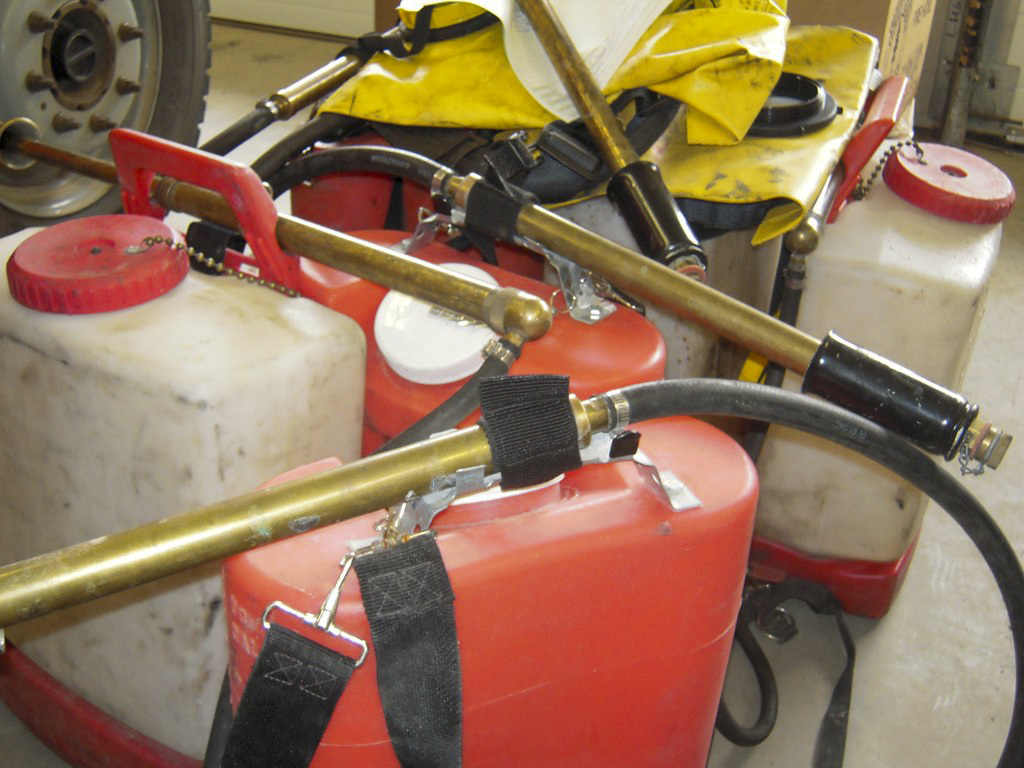 SPRINGDALE, Wash. — On Tuesday, the Washington state Department of Natural Resources burned 108 acres between Springdale and Loon Lake in Stevens County. It’s just the second time the department has done a prescribed burn since 2004, and it marks the beginning of a dramatic shift in how the state manages public lands. Eastern Washington is going to see more prescribed burns in the coming years. “We’d like to see a lot more — hundreds of thousands of acres,” said Kate Williams, the Department of Natural Resource’s acting prescribed fire program manager. For 18 years, Washington hasn’t burned state lands on purpose. New smoke policies aimed at protecting air quality were part of the reason for the prescribed fire shutdown, Williams said. An uptick in wildfires was a big factor, too.
SPRINGDALE, Wash. — On Tuesday, the Washington state Department of Natural Resources burned 108 acres between Springdale and Loon Lake in Stevens County. It’s just the second time the department has done a prescribed burn since 2004, and it marks the beginning of a dramatic shift in how the state manages public lands. Eastern Washington is going to see more prescribed burns in the coming years. “We’d like to see a lot more — hundreds of thousands of acres,” said Kate Williams, the Department of Natural Resource’s acting prescribed fire program manager. For 18 years, Washington hasn’t burned state lands on purpose. New smoke policies aimed at protecting air quality were part of the reason for the prescribed fire shutdown, Williams said. An uptick in wildfires was a big factor, too.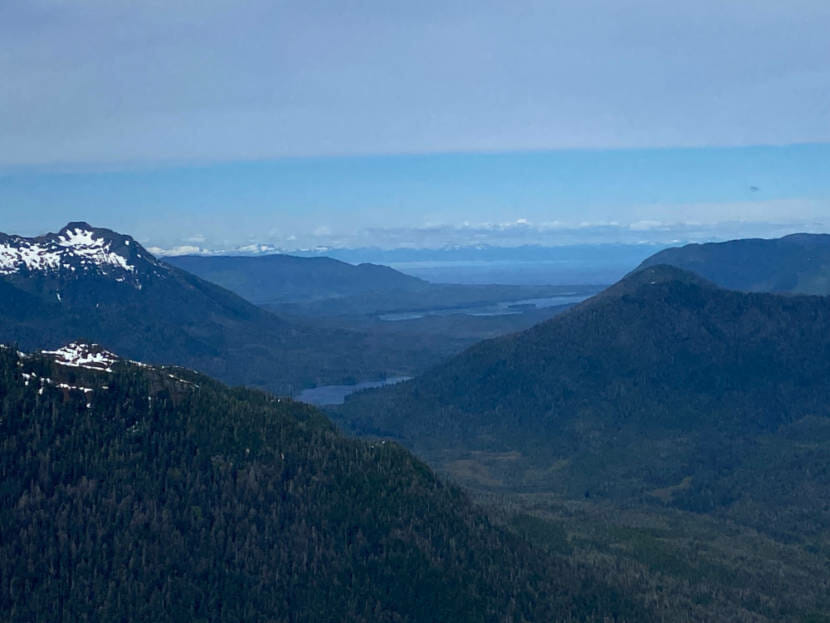


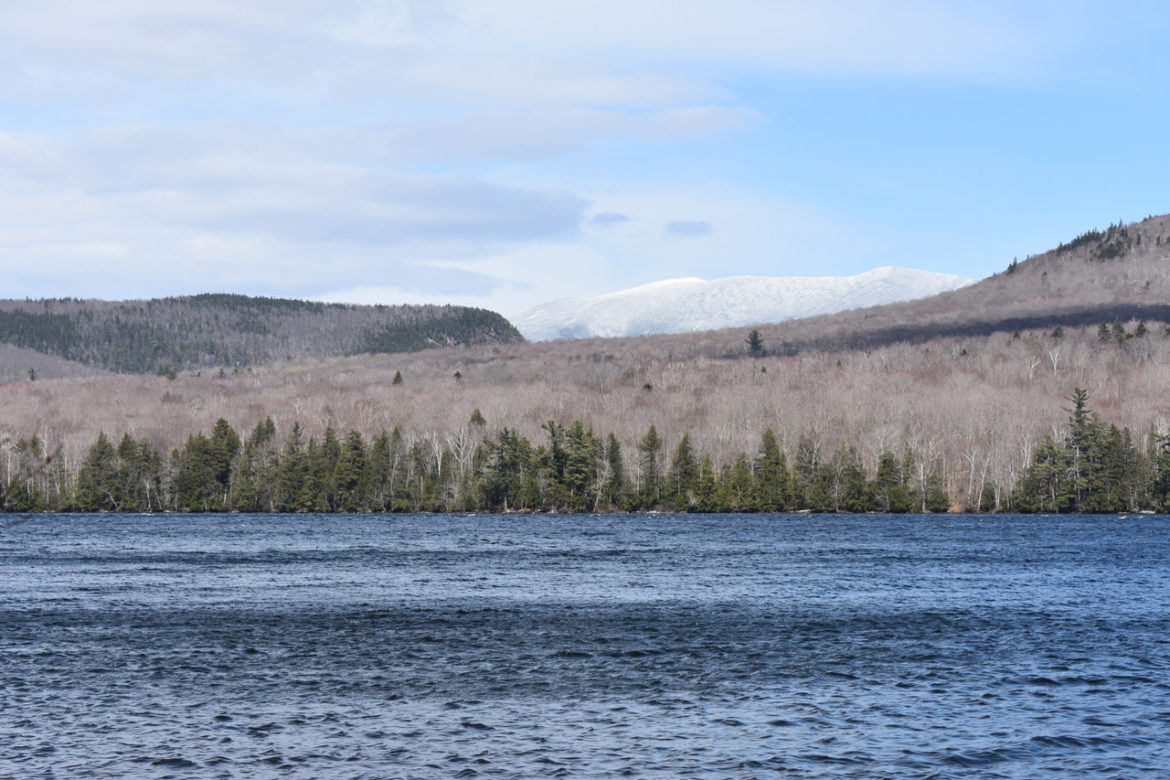
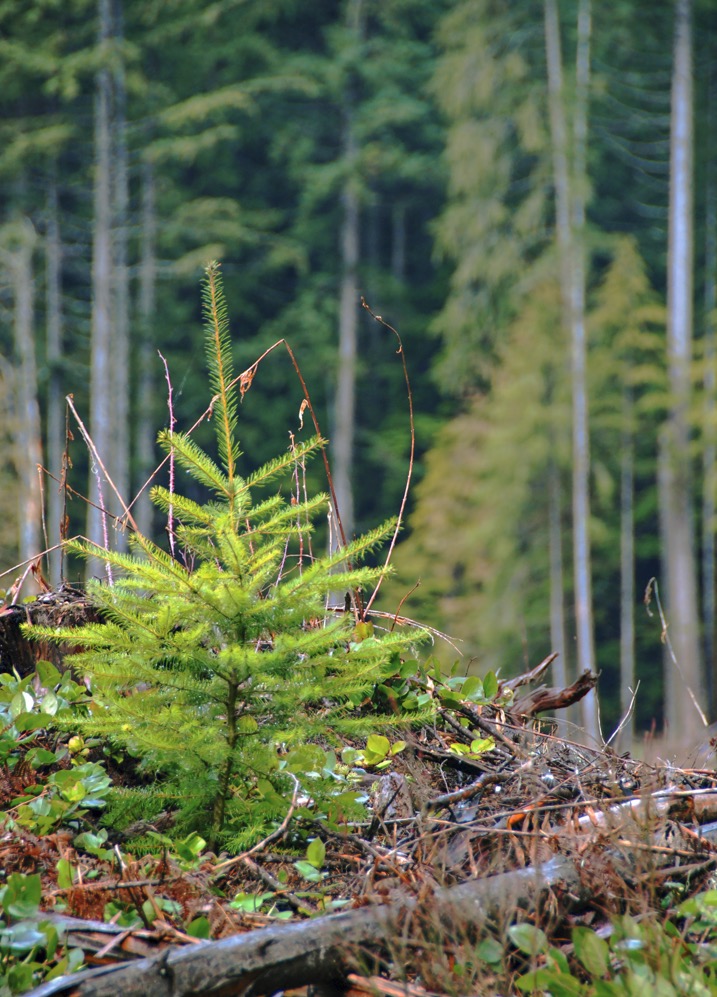 A ‘smart spade’ which identifies exactly where to plant a tree seedling is just one of the new technologies in the seven-year $25.5 million Precision Silviculture development project. The newly elected President of the Forest Owners Association, Grant Dodson, says the just announced joint government funded project to bring mechanisation and robots to the production of tree seedlings and the tending of plantations covers a wide range of technologies. “It’s not a single Eureka discovery which is going to make all this work. It’s combining, for instance, a planter with a sensor and linking it to electronic mapping. The map sends a beep signal to the planter that they need to go a couple of metres up or along the slope to put the seedling in. The end result is a much more optimally spaced plantation forest which makes for better growth and easier and safer harvesting.”
A ‘smart spade’ which identifies exactly where to plant a tree seedling is just one of the new technologies in the seven-year $25.5 million Precision Silviculture development project. The newly elected President of the Forest Owners Association, Grant Dodson, says the just announced joint government funded project to bring mechanisation and robots to the production of tree seedlings and the tending of plantations covers a wide range of technologies. “It’s not a single Eureka discovery which is going to make all this work. It’s combining, for instance, a planter with a sensor and linking it to electronic mapping. The map sends a beep signal to the planter that they need to go a couple of metres up or along the slope to put the seedling in. The end result is a much more optimally spaced plantation forest which makes for better growth and easier and safer harvesting.”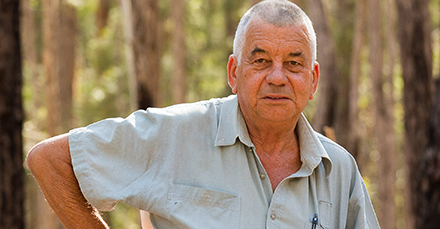
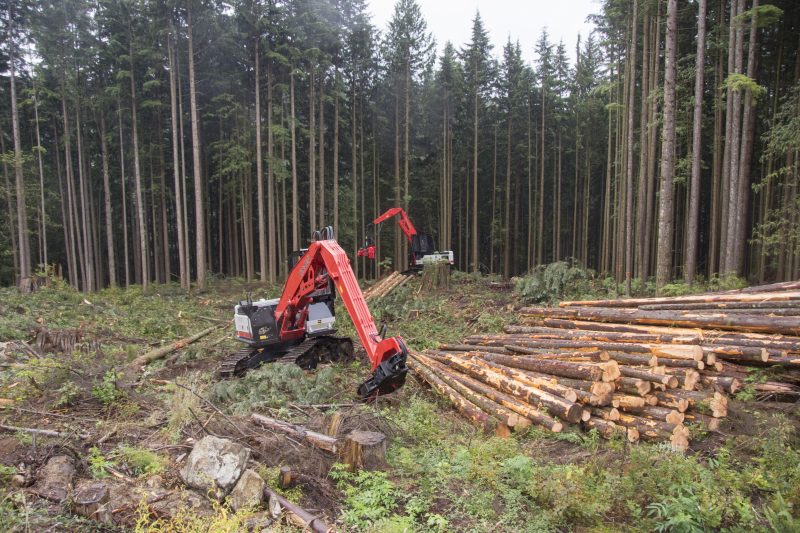 New Zealand — The government is putting $10.2 million into a seven-year project aimed at raising the skill level of forestry management practices. The project, to be led by Forest Growers Research Limited, will help the industry upgrade to the latest silviculture technology to better manage the composition, structure, growth and quality of the country’s forests. Forestry Minister Stuart Nash said many of the industry’s practices were manual and labour-intensive and needed to be upgraded. “First and foremost, it’s about driving productivity across the forest sector,” he said. “Secondly, there are some forest health and worker safety implications. If you can mechanise a lot of the work that is dangerous in the forest, then you can not only save lives, but you can increase the health and wellbeing of the workers.
New Zealand — The government is putting $10.2 million into a seven-year project aimed at raising the skill level of forestry management practices. The project, to be led by Forest Growers Research Limited, will help the industry upgrade to the latest silviculture technology to better manage the composition, structure, growth and quality of the country’s forests. Forestry Minister Stuart Nash said many of the industry’s practices were manual and labour-intensive and needed to be upgraded. “First and foremost, it’s about driving productivity across the forest sector,” he said. “Secondly, there are some forest health and worker safety implications. If you can mechanise a lot of the work that is dangerous in the forest, then you can not only save lives, but you can increase the health and wellbeing of the workers. 
